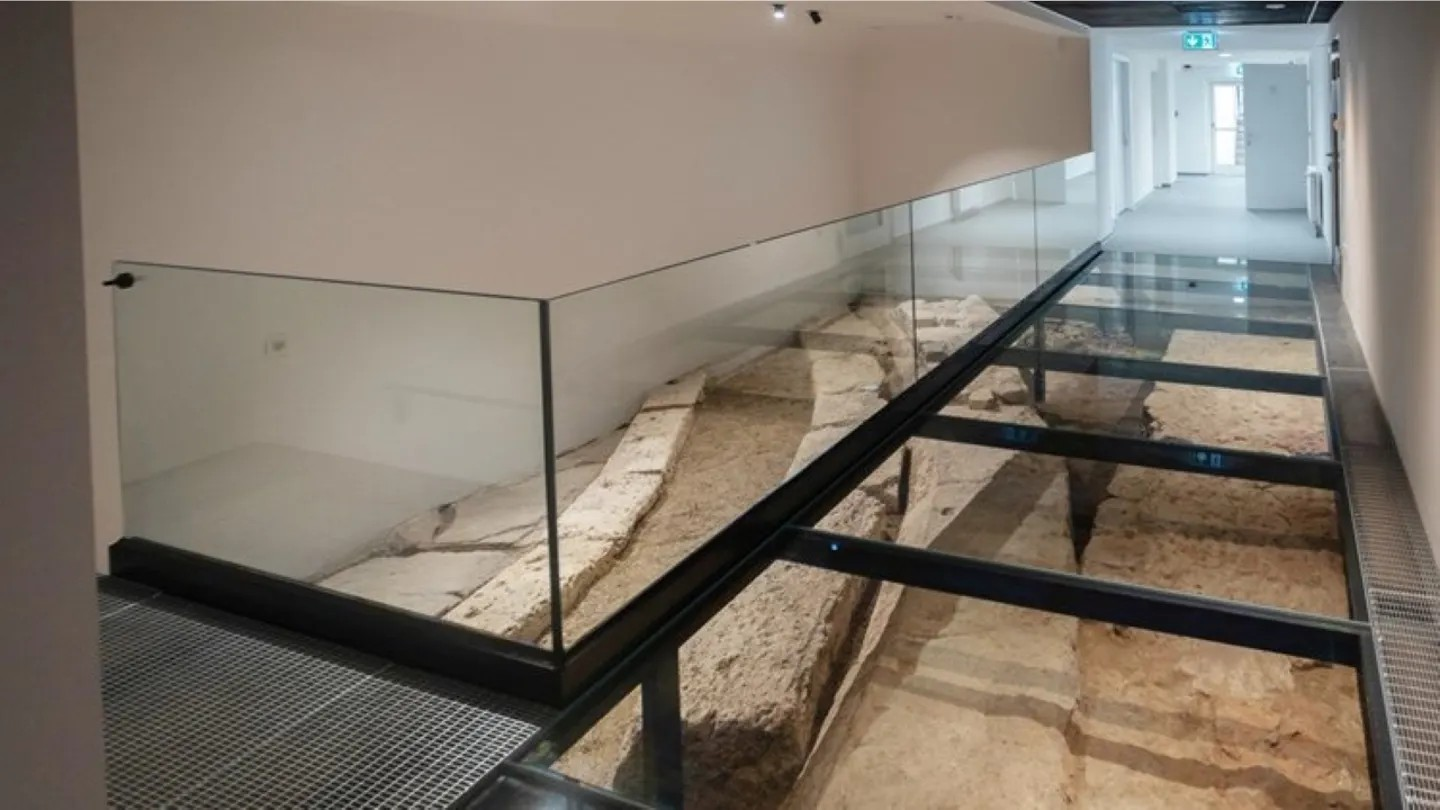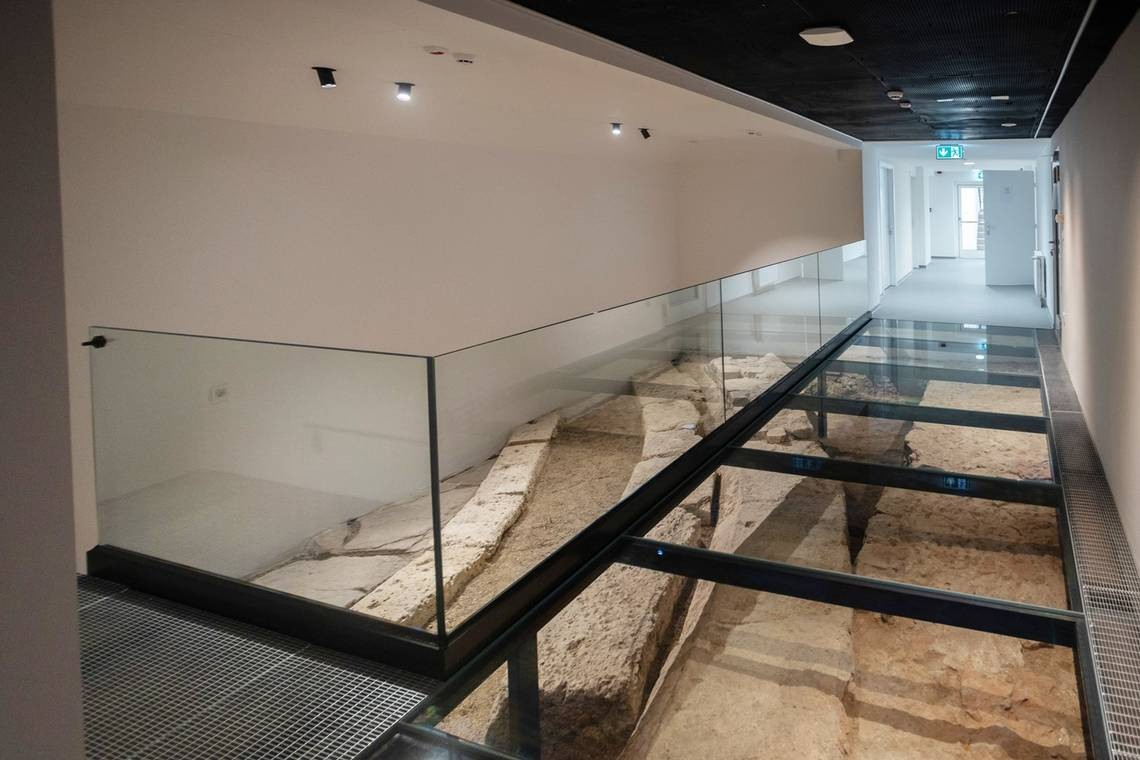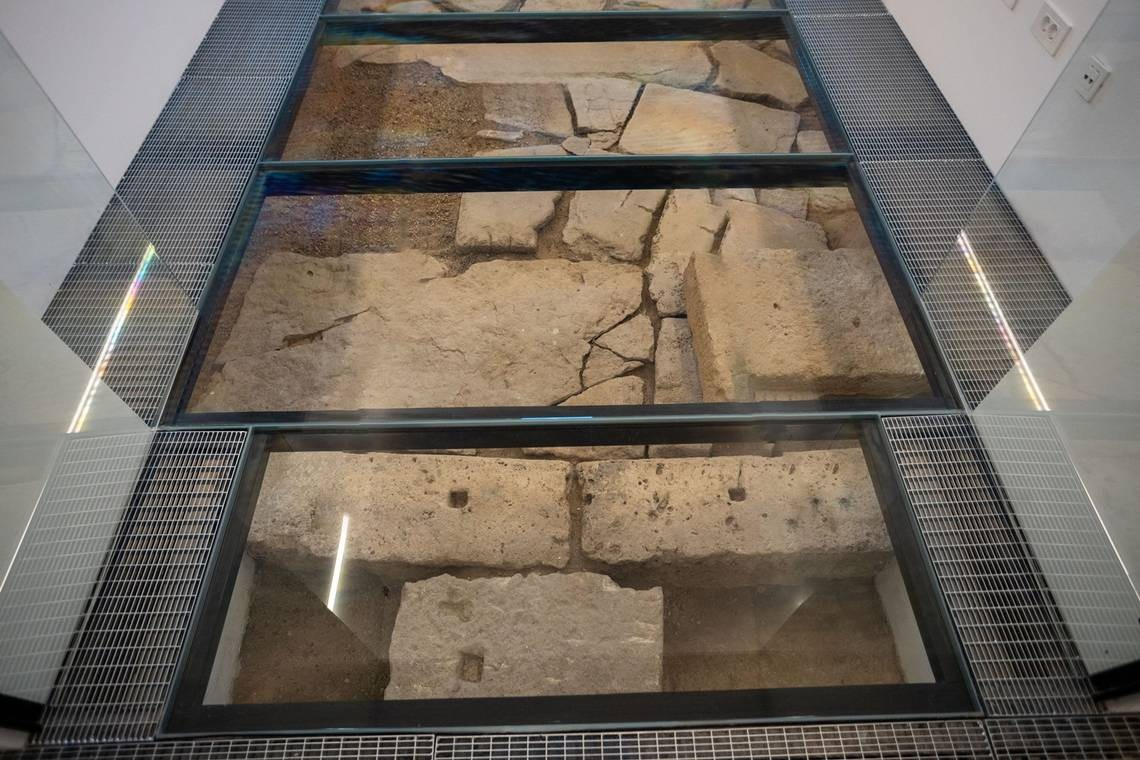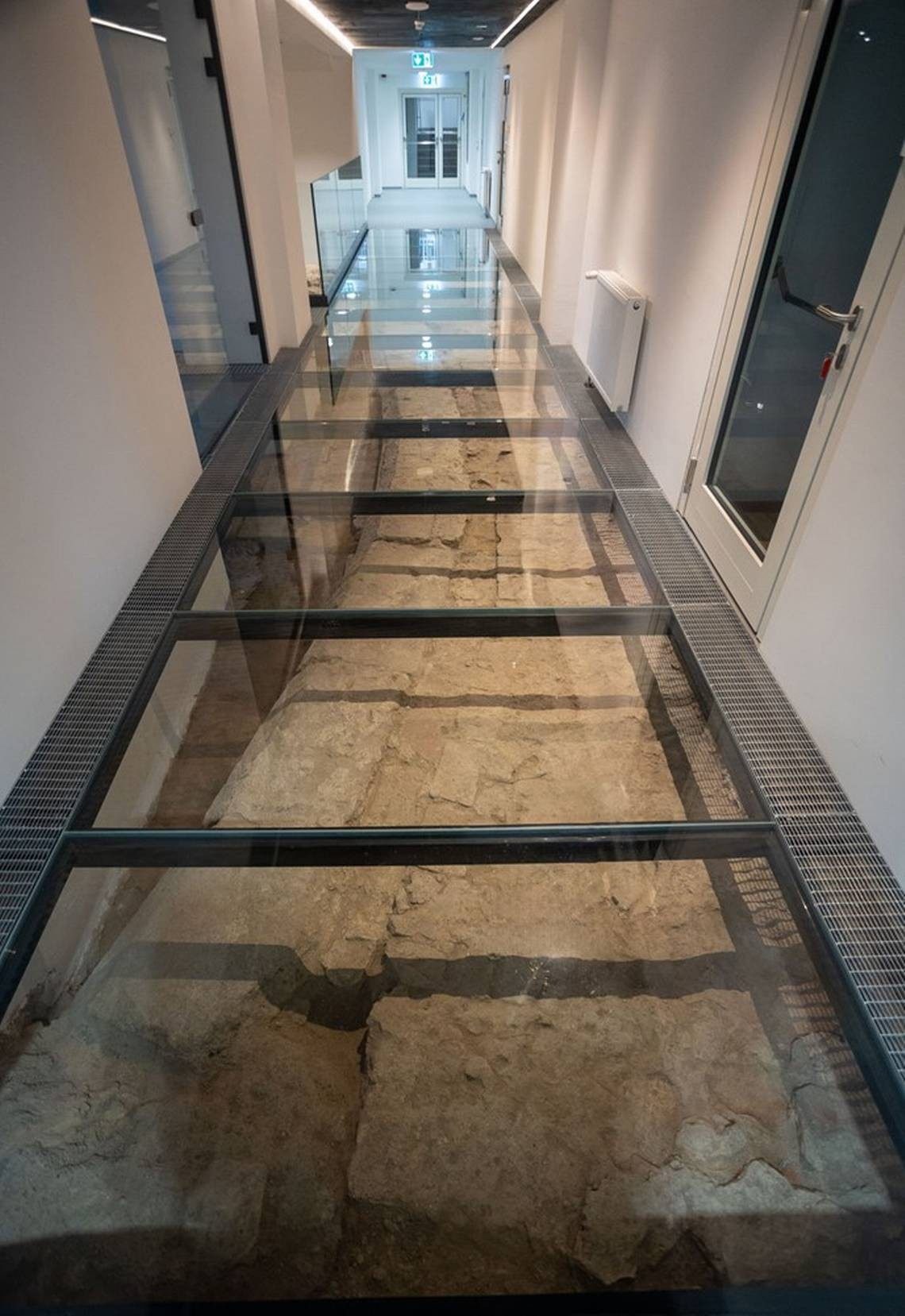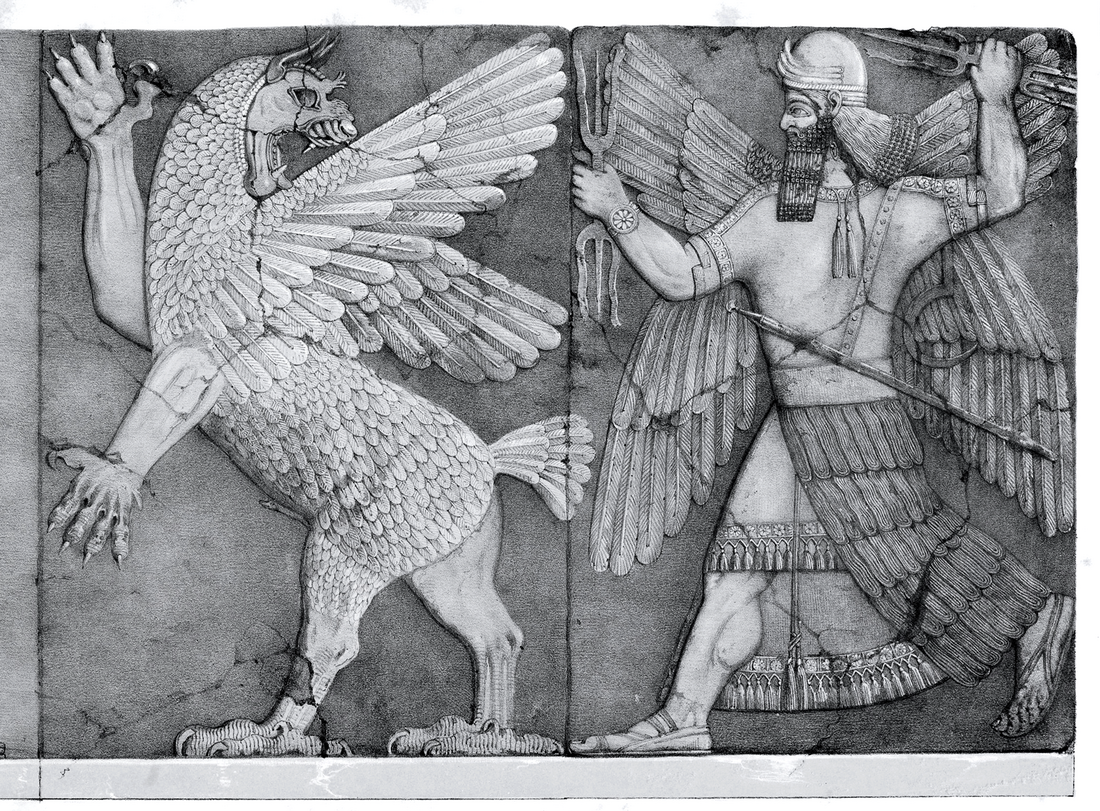One of the most important archaeological discoveries to emerge from Croatia’s post-earthquake restoration efforts is the unearthing of an ancient Roman theater—a find that has captivated experts and the public alike.
Photos: Ministry of Culture and Media of Croatia
Photos: Ministry of Culture and Media of Croatia
During the full renovation of the town hall in Sisak, a city in central Croatia, workers and archaeologists uncovered the remains of a Roman odeon, a type of small theater, in the building’s basement. The discovery came as a surprise—any memory or record of the structure had long been forgotten.
What Is an Odeon?
In ancient Greece and Rome, an odeon was a relatively small, enclosed theater built for musical performances, poetry readings, and oratory. The word itself derives from the Latin for "concert hall." The odeon's intimate size made it ideal for acoustic performances—particularly important in the era before modern amplification, when early musical instruments couldn’t fill the vast open spaces of larger amphitheaters.
Architectural Details of the Roman Odeon in Sisak
Photos: Ministry of Culture and Media of Croatia
The surviving structures of the Roman odeon discovered in Sisak include the podium, orchestra pit, and several semi-circular rows of stone seating. The theater spans about 20 meters in diameter, providing rare insight into the design of small-scale performance venues during the Roman period.
One of the most notable features is the thymele—a circular or semi-circular space in front of the stage traditionally used for choral and musical performances. This space was uncovered in the building’s basement.
According to Croatia’s Ministry of Culture and Media, the structure is arched in design and built using three parallel rows of stone blocks. With an internal diameter of 20 meters, the layout is consistent with the classic architectural style of Roman odeons.
Layers of History—and New Questions
At a later point in history, a monumental building supported by buttresses was constructed on top of the odeon. This discovery has prompted further archaeological investigation in the courtyard of the town hall to fully understand the site’s transformation over time.
Photos: Ministry of Culture and Media of Croatia
The Sisak Town Hall, originally built in 1914, suffered significant damage in the 2020 earthquake. It was during its renovation that the Roman thymele was revealed. Restoration efforts have now returned the building’s original color, reconstructed its wooden main entrance, and restored the pediment to its historic form.
Photos released by the Croatian Ministry show the odeon both during excavation and after partial renovation. The ruins have been preserved in situ and are now visible to visitors through a glass floor, seamlessly blending ancient history with modern design.
Officials have called the discovery “an extraordinarily valuable find,” offering new evidence about the scale of the ancient Roman city of Siscia.
“All decorative elements have been restored, and the original stone paving has been displayed in front of the town hall’s entrance,” the ministry announced.
A Glimpse Into Roman Urban Life
According to the Ministry of Culture, “this discovery provides new insights into the size of the ancient city and enhances our understanding of the urban development of ancient Siscia.” The presentation of the site within the fully restored town hall was funded by the Ministry of Culture and Media.
Part of a Wider Pattern of Discoveries
This find joins a wave of recent Roman-era discoveries across Europe. In Germany, archaeologists recently uncovered a mass grave of horse skeletons at a Roman military site near Stuttgart. Meanwhile, in March, Italian archaeologists revealed a series of ancient Roman burial mounds, including the tomb of a gladiator, in a necropolis excavation.
Ancient Siscia: A Forgotten Roman Capital
Founded around 35 BCE, Roman Siscia (modern-day Sisak) was established atop an earlier Celtic and Illyrian settlement. It began as a military camp but quickly developed into a major economic and administrative center, complete with its own mint. For a brief period, Siscia was even one of the four capitals of the Roman Empire, before its decline in the mid-5th century CE.
This stunning rediscovery not only highlights the richness of Croatia’s Roman heritage but also shows how moments of devastation—like a natural disaster—can inadvertently unlock the secrets of the past.


